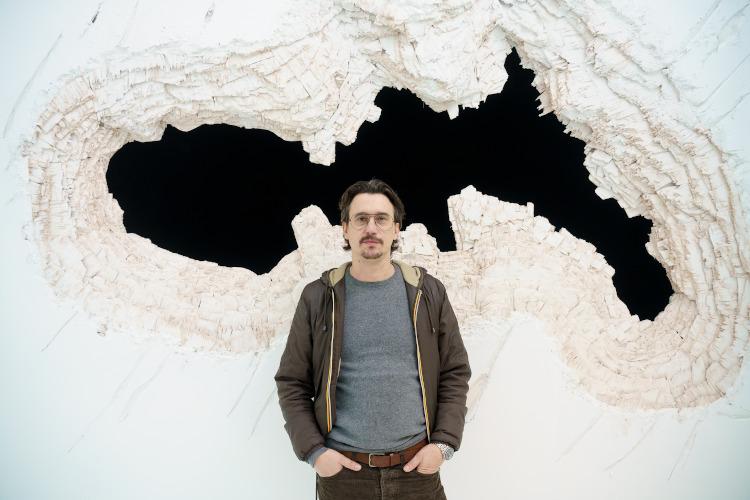Archèus
Labirinto Mozart
La Biennale di Venezia, per celebrare i 1600 anni della Città di Venezia in occasione del Carnevale, presenta un progetto speciale dell’Archivio Storico (ASAC): Archèus. Labirinto Mozart, un’installazione immersiva di Ophicina e Damiano Michieletto, realizzata in collaborazione con il Teatro La Fenice di Venezia, che avrà luogo a Forte Marghera, Edificio 29 (Venezia Mestre) dal 18 febbraio al 5 giugno 2022 (ingresso libero su prenotazione).
Archèus aprirà in occasione del 13. Carnevale Internazionale dei Ragazzi (19 > 27 febbraio 2022) a Forte Marghera – luogo dove dal 2016, in collaborazione con il Comune di Venezia, La Biennale è presente con mostre legate alle sue discipline artistiche. L’iniziativa proseguirà fino a giugno 2022, in contemporanea con i primi mesi di apertura della Biennale Arte e a ridosso dell’inizio dei Festival di Teatro e Danza. Archèus è un’importante novità, un significativo esempio del dialogo fra le arti e delle attività che La Biennale di Venezia intende svolgere tutto l’anno.
Il progetto Archèus si basa su una fusione di codici artistici, in cui la teatralità musicale de Il flauto magico di Mozart incontra le forme estetiche contemporanee. In Archèus, i caratteri dell’installazione – con l’immersione dei partecipanti in un ambiente concepito per stimolarne la percezione – si legano alla natura multimediale dell’opera lirica e a una struttura narrativa fiabesca, che invita il pubblico a condividere con i personaggi una sorta di trasformazione.
Il cammino di scoperta e mutamento dello sguardo si snoda attraverso cinque stanze unite da cinque tunnel bui: un tracciato labirintico all’insegna di un rovesciamento delle prospettive.
Il flauto magico si sviluppa infatti come un viaggio iniziatico percorso da Tamino (oltre che da Pamina e dall’aiutante Papageno). Il protagonista dell’opera di Mozart sperimenta il passaggio dal buio (inizialmente scambiato per la verità) alla luce della saggezza solare, nella quale la notte è riconosciuta come forza che divide e annienta. Agli spettatori di Archèus, come a dei nuovi Tamino, sarà proposta una simile metamorfosi percettiva.
Il nome Archèus è un termine alchemico che indica il principio attivo che abita al cuore degli elementi e ne custodisce la vitale potenza di trasformazione.
Nei tunnel e nelle stanze di Archèus sono localizzate delle sorgenti sonore che amplificano lo spazio percettivo con brani tratti da Il flauto magico di Mozart, realizzato dal Teatro La Fenice nel 2015, con la regia di Damiano Michieletto, direttore Antonello Manacorda.
Archèus (come la mostra Le muse inquiete. La Biennale di Venezia di fronte alla storia, realizzata nel Padiglione Centrale dei Giardini nel 2020) si iscrive nel nuovo corso che La Biennale ha intrapreso per offrire appuntamenti culturali di alta qualità e intrattenimento a un pubblico sempre più ampio.
